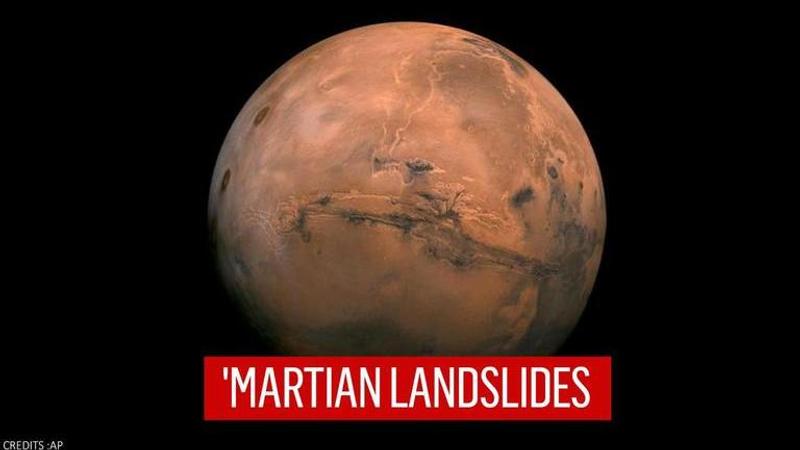Published 16:50 IST, February 8th 2021
Mysterious Mars landslides may be caused by melting snow and underground salt: Study
In recent research published in Science Advances, scientists may have found the cause of mysterious landslides that occur on the surface of Mars.

Advertisement
In recent research published in Science Advances, scientists may have found the cause of mysterious landslides that occur on the surface of Mars. Through the NASA InSight mission, the scientists have revealed that Mars is experiencing Marsquakes which is keeping the planet seismically active. Additionally, the Red Planet has also mysterious Recurring Slope Line (RSL) which has gained attention and curiosity from various scientists over the years.
A separate press release by SETI further informed that the team of scientists studied data collected from High-Resolution Imaging Science Experiment (HiRISE) from the Mars Reconnaissance Orbiter (MRO) that showed RSL located on sun-facing slopes continued to appear and/or expand over time. Previously, it was thought hat RSL is related to chlorine salts and scientists noted their occurrence in regions of high surface outcrops. However, the recent study widened this observation with a near-surface cryostat activity model based on field observations and lab experiments.
Cause of landslide still unknown
According to the research, theses RSL are similar to landslides on Mars but the cause of these landslides are unknown even now. Bishop, a senior research scientist at the SETI Institute in California said, that they see them from orbit by the dark streaks they produce on the ground and they tend to always occur on sun-facing slopes, which led geologists to think they were related to melting ice early on. Moreover, it has also been observed that these mainly take place in areas with little ice.
Bishop said, “The interesting thing is that they increase over months following dust storms and then fade away, and they appear to form repeatedly in the same regions. Also, a large number of these are forming in the equatorial part of Mars, where there is very little ice”.
Scientists also ran experiments replicating the behaviour of chlorine salts and sulphates, including gypsum, under low temperatures just like in Mars to demonstrate how interrelated these salts are. Through these experiments, the scientists have inferred that maybe the microscale liquid water migrates underground on Mars, transferring water molecules between the sulfates and chlorides. It is also worth noting that it is not just Mars which has been experiencing these strange happenings as Earth, too, has seen some similar happenings in areas such as the Atacama desert in Chile, parts of Antarctica and the Dead Sea.
16:52 IST, February 8th 2021



